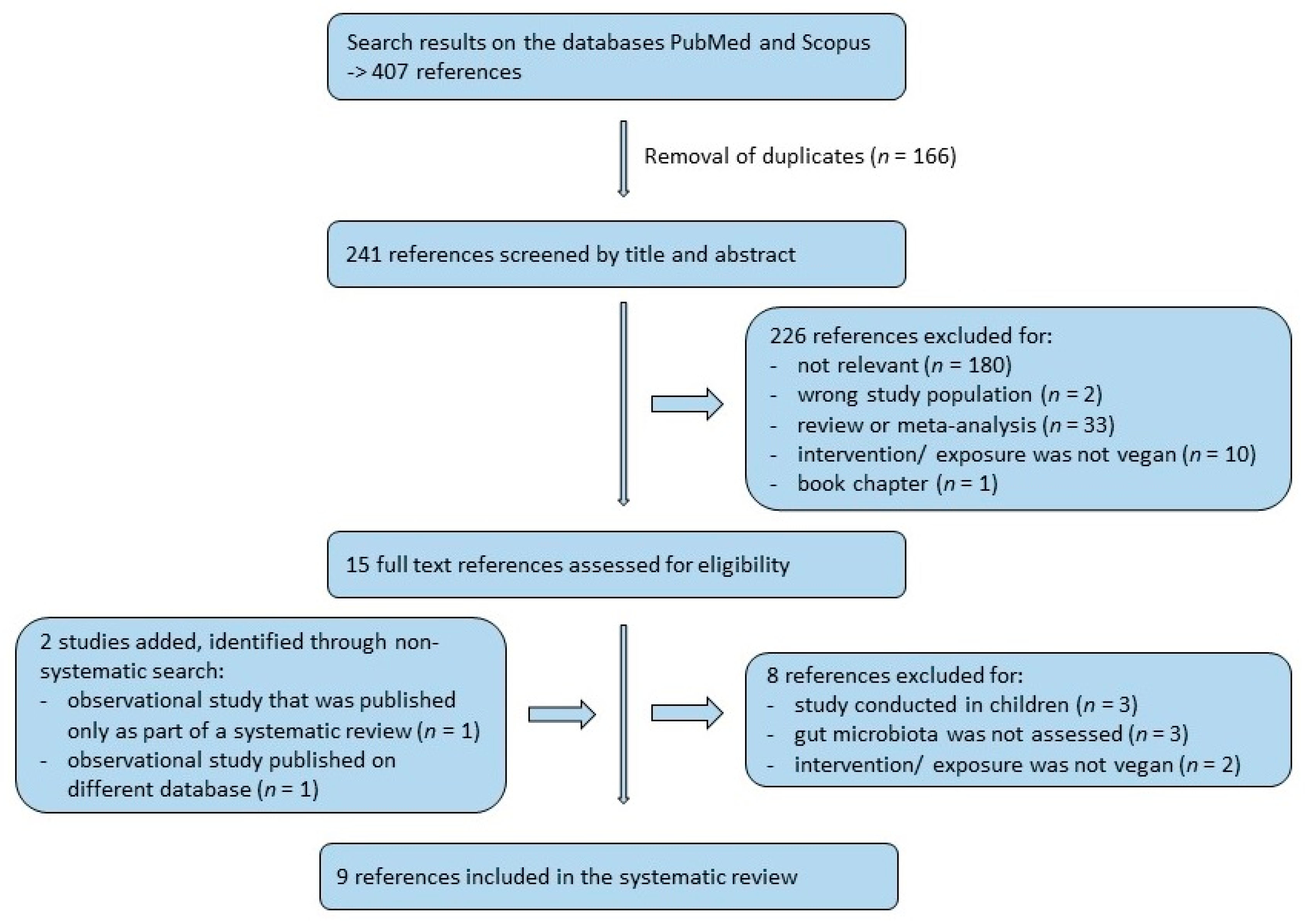
A type-1 diabetic female patient made a drastic shift to a plantbased diet. Initially, she had a high-fat, low-carbohydrate, and high-cholesterol diet. This caused her to have higher total cholesterol levels and required more insulin per gram. She became vegetarian and reduced her insulin intake, maintained a healthy blood sugar level, and fell to 158 mg/dl.
For nutrient deficiencies, plan your vegetarian meal
If you have diabetes, you may want to consider a vegetarian diet for its many health benefits. It can help control blood sugar levels and improve insulin response. It may also help to reduce the need for insulin and prevent the development or type 2 diabetes. Talk to your dietitian about whether a vegetarian diet would be appropriate for your particular condition. She will help you plan your diet, adjust insulin and diabet medication to ensure that you achieve the nutrient targets for each meal. She can help distribute carbohydrate evenly throughout the day.
Plan your vegetarian diet by choosing a variety plant-based foods rich with nutrients. Look out for foods that have been fortified with vitamins and minerals such as selenium or vitamin B12. Seaweed is rich in vitamin B12, iodine and selenium. Make sure you eat a variety protein-rich diet, including lentils, pulses and beans.

Recognize foods that should be included in your diet
Vegetarian diets are good for your health, as they're high in fiber. Fiber is harder to digest so it has a slower impact on your blood sugar than other foods. In order to maintain healthy levels of blood sugar, you may need less fiber. You should aim to consume 50 grams of fiber every day. Include soy products and nuts as well as vegetables.
Protein is also an important part. It helps keep blood sugar stable and reduces sugar cravings. It can be found in both animal and plant sources. However, animal protein is high in saturated fat, which is bad for people with diabetes. Plant-based fats can be a better alternative.
Learn more about the glycemic index (GI) and glycemic loads
Vegetarians with diabetes must be careful about what they consume. It is crucial to know the glycemic load (and glycemic index) and their effects on blood sugar levels. These metrics provide an indication of the speed at which a food will raise blood sugar levels. They are not the best indicator of nutrition. You must consume a variety of foods to get a balanced diet.
Whole grains have a low-glycemic index and are an excellent source of fiber. Although processed foods have a higher glycemic index, the fiber content is still relatively low. Even though you can still enjoy whole grain pasta, it's best to limit your intake.

Find a dietitian
A dietitian is a valuable resource to help diabetics understand and manage their disease. They have special training in clinical nutrition, and can give you individualized recommendations. They can help with planning special occasions and meals that you will enjoy, while keeping your diabetes under control. They can also answer questions you might have about portion sizes and how to prepare healthy meals. A dietitian can work together with you as well as your primary care provider to help achieve your goals for health and happiness.
A plant-based diet is a great choice for people with diabetes. This diet promotes good cardiovascular health and essential nutrients. It can also help control blood sugar levels. A dietitian will help you select plant-based proteins and explain carbohydrate exchanges so that you can achieve optimal diabetes control.
FAQ
What are the 7 keys to a healthy, happy life?
-
You should eat right
-
Exercise regularly
-
Good sleep
-
Get plenty of water.
-
Get enough rest
-
Be happy
-
Smile often
Is being cold bad for your immune system?
Cold weather can cause a decline in your immune system. Your body makes less white blood cell to fight infection. Being cold can make you feel more comfortable because your brain releases endorphins which help reduce pain.
Why does our weight change as we get older?
How do you know if your bodyweight changes?
When there is more muscle mass than fat, weight loss can occur. This means that calories must be consumed at a rate greater than energy. Low activity levels are the leading cause for weight loss. Other reasons include poor eating habits, stress, hormone imbalances, certain medications and illness. If there is more body fat than muscle mass, then weight gain can occur. It occurs when people eat more calories each day than they use. It can be caused by overeating or increased physical activity as well hormonal changes.
We consume fewer calories that we burn. This is why we lose weight. Regular exercise increases metabolism, which means that we burn more calories per day. However, this doesn't mean that we'll necessarily get thinner; what matters is whether or not we're losing fat or gaining muscle. If we are burning more calories than what we eat, then we will lose weight. However, if you consume more calories than you burn, you'll end up storing them for fat.
As we age, our ability to move around is slower and we are less mobile. We also tend to consume less food than when we were younger. Also, we are more likely to gain weight. We also tend to look larger because we have more muscle.
If you don't weigh yourself every week, there's no way of knowing how much weight have you lost. There are many ways you can measure your weight. You can measure your waist, your hips and your thighs. Some prefer to use bathroom scales, while others prefer tape measures.
For a better track of your progress, try to weigh yourself once per week and measure your waistline once every month. You can also take pictures of yourself every few months to see how far you've come.
Online data can be used to determine your weight. You'd likely weigh 180 pounds if you were 5'10 tall and 180 pounds if you were 180lbs.
How much should I weigh for my height and age? BMI chart & calculator
Use a BMI calculator to determine how much weight is needed to lose. A healthy BMI range lies between 18.5 and 24,000. To lose weight, you should aim for a loss of 10 pounds per year. Simply enter your height/weight into the BMI calculator.
To see if you're overweight or obese, check out this BMI chart.
Exercise: Good or bad for immunity?
Exercise is good exercise for your immune system. Exercise boosts the production of white blood cells in your body that fight infections. You also eliminate toxins. Exercise can prevent heart disease, cancer, and other diseases. Exercise also helps to reduce stress levels.
Exercising too frequently can make your immune system weaker. When you exercise too hard, your muscles will become sore. This can lead to inflammation and swelling. The body will then produce more antibodies to fight infection. This can lead to allergic reactions and other autoimmune disorders.
So, don't overdo it!
Is cold a sign of a weak immune response?
It has been said that there are two types of people on the planet: those who love winter or those who hate it. It doesn't matter if you love it or not, it is possible to wonder why it makes you feel so miserable when it gets cold outside.
The truth is that our bodies are built to function in warm temperatures. Our bodies were designed to thrive in hot weather because this is where the majority of our food sources are.
Now, however, we live in a completely different environment to how our ancestors lived. We spend more time indoors, are often exposed at extreme temperatures (cold and hot), and eat processed food rather than fresh.
Our bodies don't have the ability to tolerate extreme conditions anymore. That means that when we do venture outdoors, we're left feeling tired, sluggish, and even sick.
There are ways to combat these effects though. Staying hydrated is one way to combat this. Water is essential for your body to function properly and eliminate toxins.
Another important step is to ensure that you're eating healthy meals. Eating nutritious foods helps your body maintain its optimal temperature. This is especially beneficial for anyone who spends a lot of time inside.
Take a few minutes every morning to meditate. Meditation helps to calm your mind and body. This will make it easier and more effective to deal with stress or illness.
Statistics
- According to the 2020 Dietary Guidelines for Americans, a balanced diet high in fruits and vegetables, lean protein, low-fat dairy and whole grains is needed for optimal energy. (mayoclinichealthsystem.org)
- nutrients.[17]X Research sourceWhole grains to try include: 100% whole wheat pasta and bread, brown rice, whole grain oats, farro, millet, quinoa, and barley. (wikihow.com)
- WHO recommends reducing saturated fats to less than 10% of total energy intake; reducing trans-fats to less than 1% of total energy intake; and replacing both saturated fats and trans-fats to unsaturated fats. (who.int)
- This article received 11 testimonials and 86% of readers who voted found it helpful, earning it our reader-approved status. (wikihow.com)
External Links
How To
What does the term "vitamins" mean?
Vitamins are organic compounds found naturally in food. Vitamins aid us in absorbing nutrients from the food we eat. Vitamins cannot be produced by the body. They must be obtained from food.
Two types of vitamins exist: water soluble and oil soluble. Water-soluble vitamins dissolve easily when they are dissolved in water. Some examples include vitamin C,B1 and B2 vitamins (thiamine), B2 and riboflavin, B3 and niacin, B6 vitamins (pyridoxine), B6 vitamins (niacin), folic acids, biotin, pantothenic acids, and Choline. The liver and fatty tissue are the main storage places for fat-soluble vitamins. These include vitamin D, E and K, as well as beta carotene.
Vitamins are classified according their biological activity. There are eight main types of vitamins:
-
A - vital for normal growth and maintaining good health.
-
C – essential for proper nerve function.
-
D - necessary for healthy bones and teeth.
-
E is needed for good reproduction and vision.
-
K - Required for healthy nerves and muscles.
-
P - vital for building strong bones andteeth.
-
Q - aids digestion and absorption of iron.
-
R - Required for red blood cell production
The recommended daily intake (RDA), of vitamins varies with age, gender and physical conditions. RDA values are set by the U.S. Food and Drug Administration (FDA).
For adults over 19 years, the RDA is 400 mg per day for vitamin A. However, pregnant women need 600 micrograms per day because it is important for fetal development. Children ages 1-8 require 900 micrograms per day. Babies under one-year old need 700 micrograms per daily. Between 9 and 12 month, however, this drops to 500 mg per day.
Children aged between 1-18 years old who are obese require 800 micrograms per Day, while overweight children need 1000 micrograms every day. Children underweight or obese will require 1200 micrograms a day to meet their nutritional requirements.
Children ages 4-8 years who have been diagnosed with anemia need 2200 micrograms per day of vitamin C.
2000 micrograms per person is necessary for general health. Mothers who are pregnant, nursing, or have a high nutrient need will require 3000 micrograms a day.
Adults over 70 need 1500 micrograms daily, since they lose around 10% of their muscle mass every decade.
Women who have been pregnant or are lactating require more than the RDA. Pregnant woman need 4000 micrograms daily in pregnancy and 2500 per day after childbirth. Breastfeeding mothers require 5000 micrograms daily when breast milk production is occurring.